By Jett Peters
Summer is a wonderful time for astrophotography. With the rise of the Milky Way, many of our favorite targets become imageable: the Veil, Pelican, Eagle, and more. These targets never get old, but there are a number of other summer targets with similar characteristics that are often overlooked. Here are a few worth considering for your summer imaging lineup. Although these targets are well-known, they are imaged far less than their more popular counterparts. Some of these objects have less signal than our favorites, but with the excellent skies at places like Utah Desert Remote Observataories, capturing signal is much easier.
Sh2-86
This target is an emission nebula in the constellation Vulpecula with a star cluster at the center. It is located at coordinates 19h 43m 11s in right ascension and at a declination of 23° 19′ 16″. This nebula stands out due to its pillars, or columns of gas and dust. If you’re a fan of the Eagle Nebula but have already imaged it a few times, this might be a great option. This nebula also looks good at many different focal lengths due to the amount of nebulosity that surrounds it. Shooting this target in SHO (Hubble palette) would really make it pop.
Image by Julien Fabre. Astrobin
Sh2-155
Common name: The Cave Nebula
Sh2-155, also known as the Cave Nebula, is a very interesting region located in the constellation Cepheus. It is a bit different from the previously discussed nebula; while it is still an emission nebula, it has a large amount of dust that gives it depth. Located near the Lobster Claw at right ascension 22h 57m 06s and declination 62° 38′ 12″, this object looks good in both SHO and natural color palettes. In fact, it can even be done well with a color camera. Galactic Hunter (previously at UDRO) wrote a detailed piece on this target available on his website here.
Image by Anthony Quintile. Astrobin
Sh2-119
Common name: The Clamshell Nebula
The Clamshell Nebula is the last object we will present here. It is yet another emission nebula, but this time in Cygnus. It is right next to the Pelican Nebula, so if you happen to be imaging Pelican, you might consider just shifting the scope over a bit. This nebula is imaged frequently, but it still feels novel. This object looks great in SHO and definitely looks like a clamshell with a bright shell of hydrogen and a blue OIII core. It is located at right ascension 21h 19m 08s and declination 43° 52′ 46″. It shines most at shorter focal lengths; however, parts of it can look striking when imaged with a large telescope.
Image by Brian Puhl. This and other fantastic images can be found at: Astrobin
